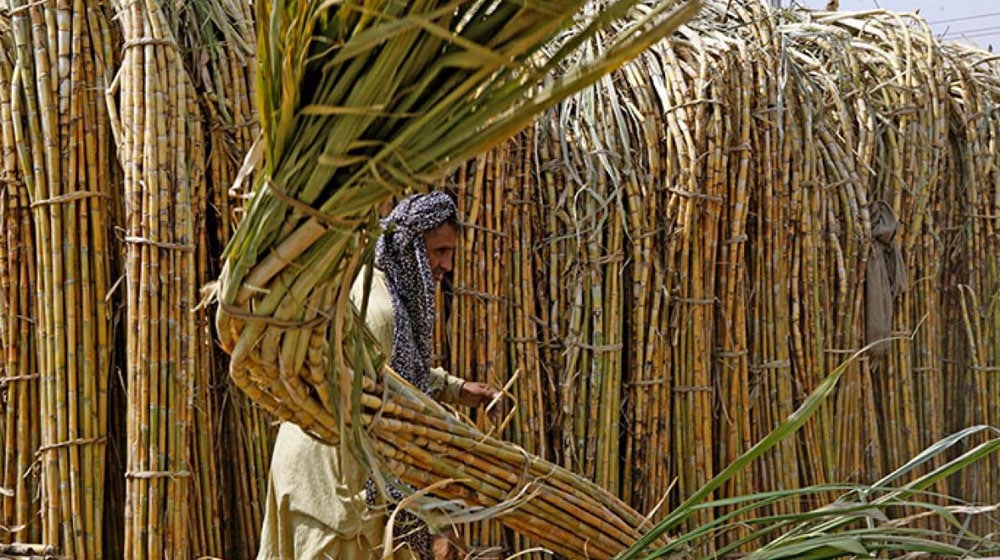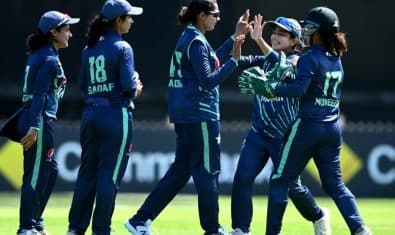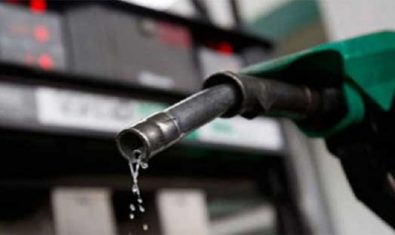Pakistan’s sugarcane cultivation areas have declined from 17,002 acres to 14,515 acres in 12 years. The Pakistan Bureau of Statistics revealed in its Mouza Census 2020 that there are 49,384 mouzas all over the country (four provinces and the federal capital territory) as compared to 52,376 in 2008.
The census revealed that 87 percent are rural mouzas and the remaining are either forests, or unpopulated, partly urban, and urbanized areas, whereas the overall total number of rural populated mouzas (rural, partly urban, forest) in Pakistan is 44,576 (90 percent).
It was also observed that Punjab has the highest cultivated land (75 percent) in the rural areas of the provinces and the federal capital, while Sindh has the lowest (32 percent).
Sindh also has the highest percentage of non-cultivated land (32 percent), followed by Khyber Pakhtunkhwa (35 percent). However, the federal capital has the highest percentage of populated rural land (12 percent) as compared to the provinces.
The report detailed that the major crops cultivated in the rural areas of the country are wheat, rice, cotton, sugarcane, and maize. Also, the cultivation of wheat seems to be common in more than 93 percent of the rural areas, and a percentage of areas where sugarcane is cultivated has declined. Overall, the cultivation areas have declined from 17,002 to 14,515 in 12 years.
Wheat cultivation has also declined from 43,700 to 41,165, rice — from 19,530 to 19,454, and cotton — from 15,748 to 15,074, but the areas for maize cultivation have been increased to 22180 from 22045.
The second major crop varies in the provinces. Rice is 66 percent in Punjab, and maize has 82 percent of areas of cultivation in Khyber Pakhtunkhwa (KP). Also, cotton is the second major crop cultivated in Sindh and Balochistan. The cultivation of sugarcane is the highest in Punjab (48 percent), followed by Sindh (44 percent), but is the lowest in Balochistan (two percent).
Also, wheat and maize are reportedly the major cultivated crops in the federal capital.
Irrigation Sources (Traditional)
Tube well/wells are the major source of irrigation through which the majority of the rural areas have been cultivated either partially or wholly. At least 52 percent of the areas reportedly have tube wells and wells as land irrigation sources, followed by canals (49 percent). A total of 28 percent of the land is reportedly arid but this pattern varies among the provinces.
Water Table Depth
It was found that the depth of underground water in the majority of the rural areas is up to 100 feet. However, this varies widely in the provinces. Punjab and Sindh have more than 75 percent of rural areas with a depth of underground water that is up to 100 feet, but the majority of rural areas in KP and Balochistan have a water depth of 101 feet.
Types of Housing Structures
The majority of the houses in rural Pakistan are semi-pacca but their number is decreasing, while that of bricked houses are increasing. Moreover, one-third of the houses are made of mud, and this varies among the provinces.
It was observed that the material used for housing structures is greatly dissimilar among the provinces. The majority of housing structures in Punjab and the federal capital are bricked (59 and 87 percent respectively), while the majority in Sindh and KP are semi-pacca (75 and 50 percent respectively). However, the majority (75 percent) of the housing structures in Balochistan are made of mud.
Rural Area Streets
The majority (54 percent) of the streets in the rural areas are kaccha, while 17 percent are metaled, which depicts the need for work on their construction.
This situation is worrisome among the provinces as the majority of the streets in the rural areas are still dirt/kaccha, and this percentage is the highest in Balochistan (91 percent), followed by Sindh (78 percent), and KP (71 percent). Punjab reportedly has the highest number (36 percent) of bricked streets, but one-third of its streets are kaccha.
Toilet Facilities
The majority (74 percent) of the rural areas now have indoor toilets as compared to 2008 when only 42 percent of these areas had toilets inside houses.
There is a large disparity among the provinces in this regard. Punjab has the highest percentage of areas with indoor toilets, while 74 percent of the rural areas in Balochistan do not have them. However, indoor toilets have been constructed in all the rural areas of the federal capital.
Sewerage System in Rural Areas
The majority (59 percent) of the rural areas do not have concrete/paved drains, and there has been no improvement in the situation since 2008. However, the percentages of mouzas that have concrete/paved drains have improved from five percent to 10 percent.
Health Facilities
The provision of health facilities for the rural population is a very important aspect as almost 64 percent of the population lives in rural areas. It was found that 10 to 12 percent of the rural areas have facilities like hospitals and dispensaries, Basic Health Units (BHU), and Rural Health Centers (RHC) within the mouzas.
Additionally, although rural area residents have to travel long distances to reach health facilities, the average distances have been reduced as compared to 2008. On average, the smallest distance to reach a BHU is 13 km, and 16 km to reach an RHC or a hospital. Also, the longest distance to reach an NGO or dispensary is 23 km, which depicts the need for the construction of better and affordable health facilities in close proximity to the rural areas.


























